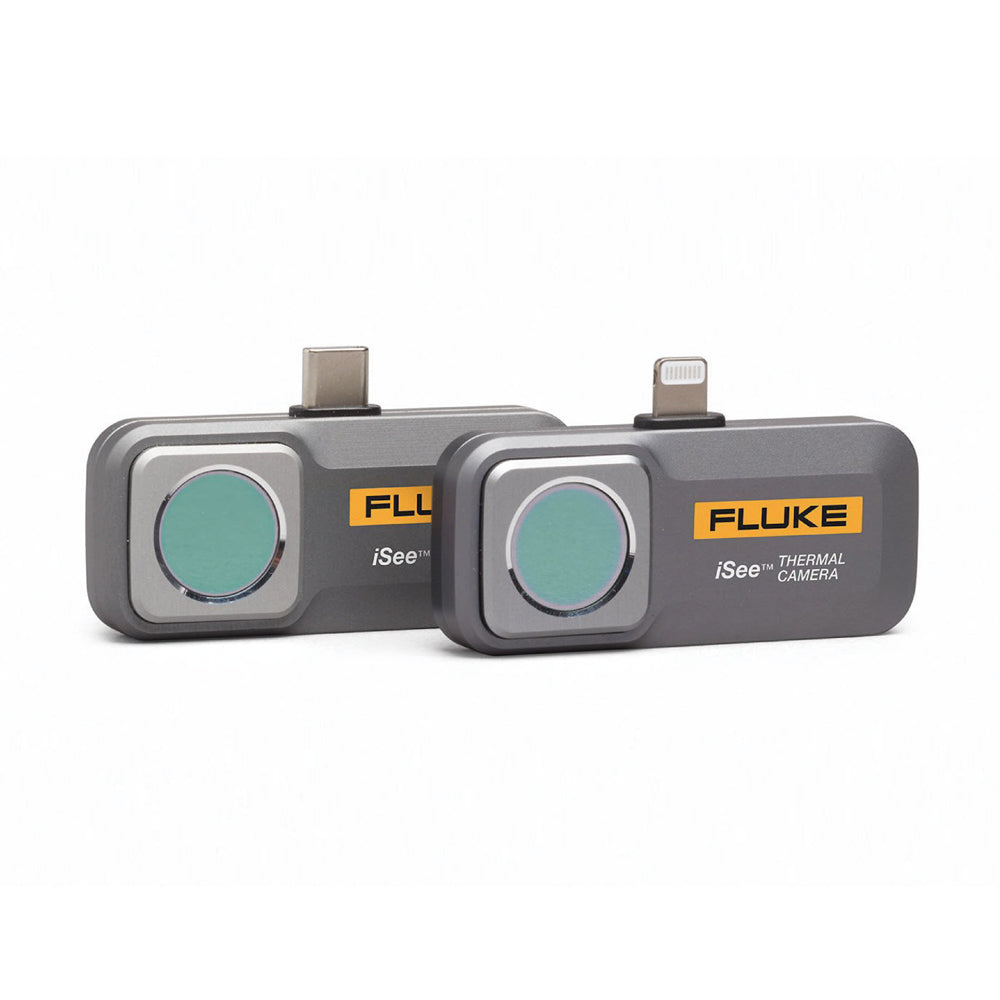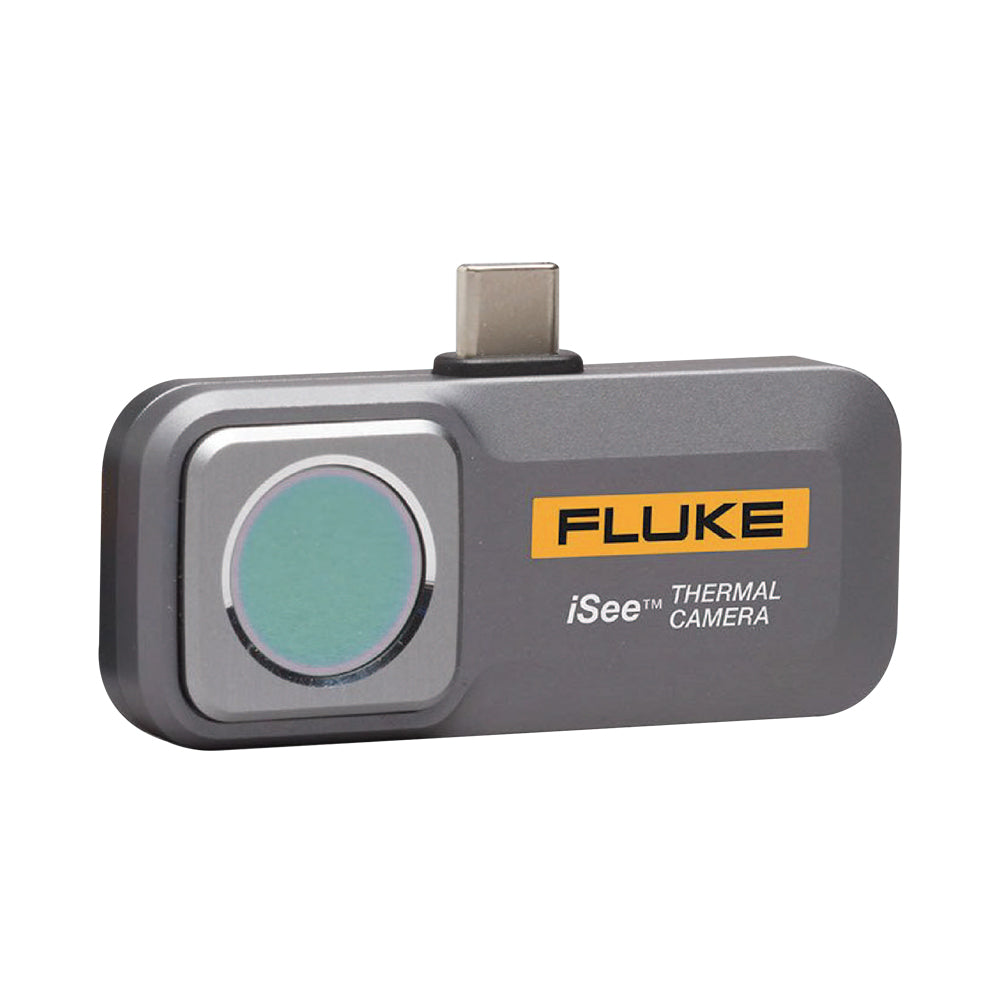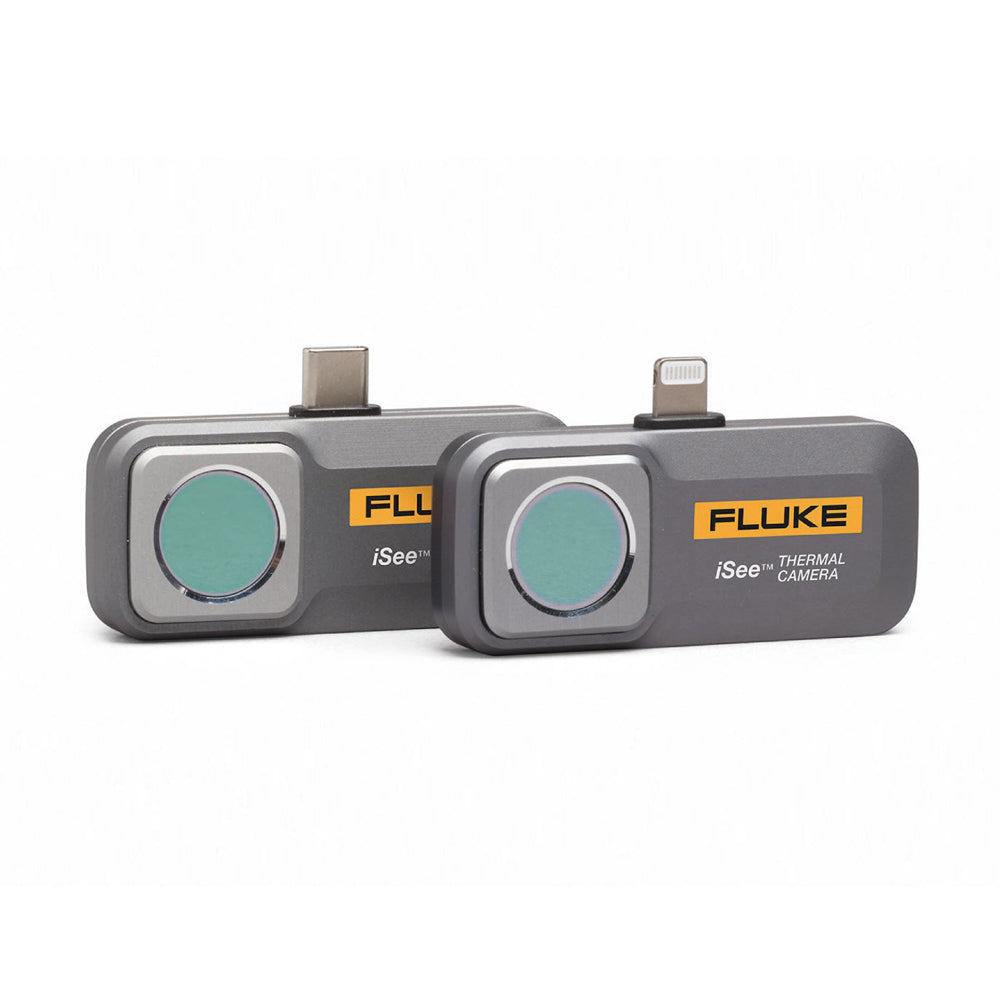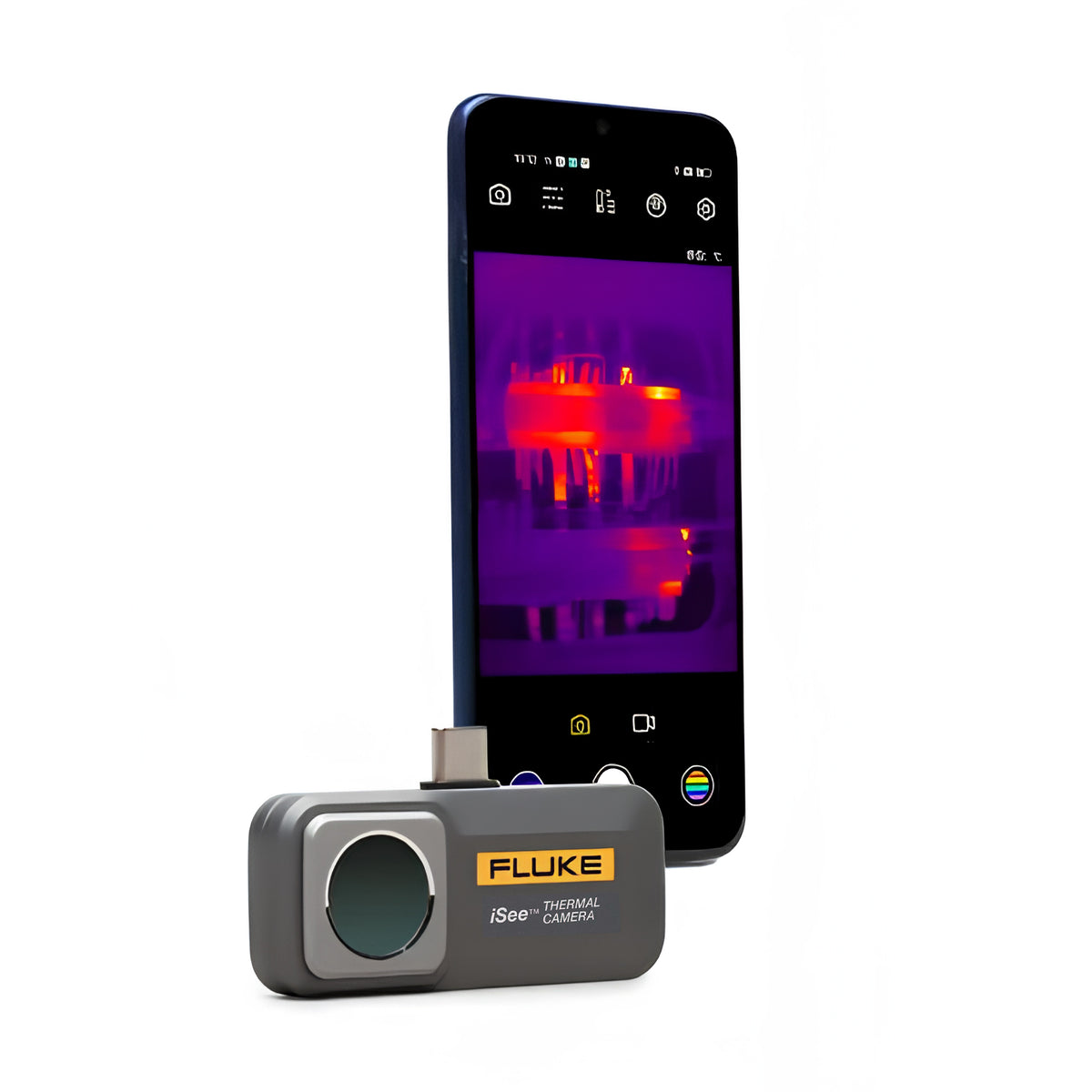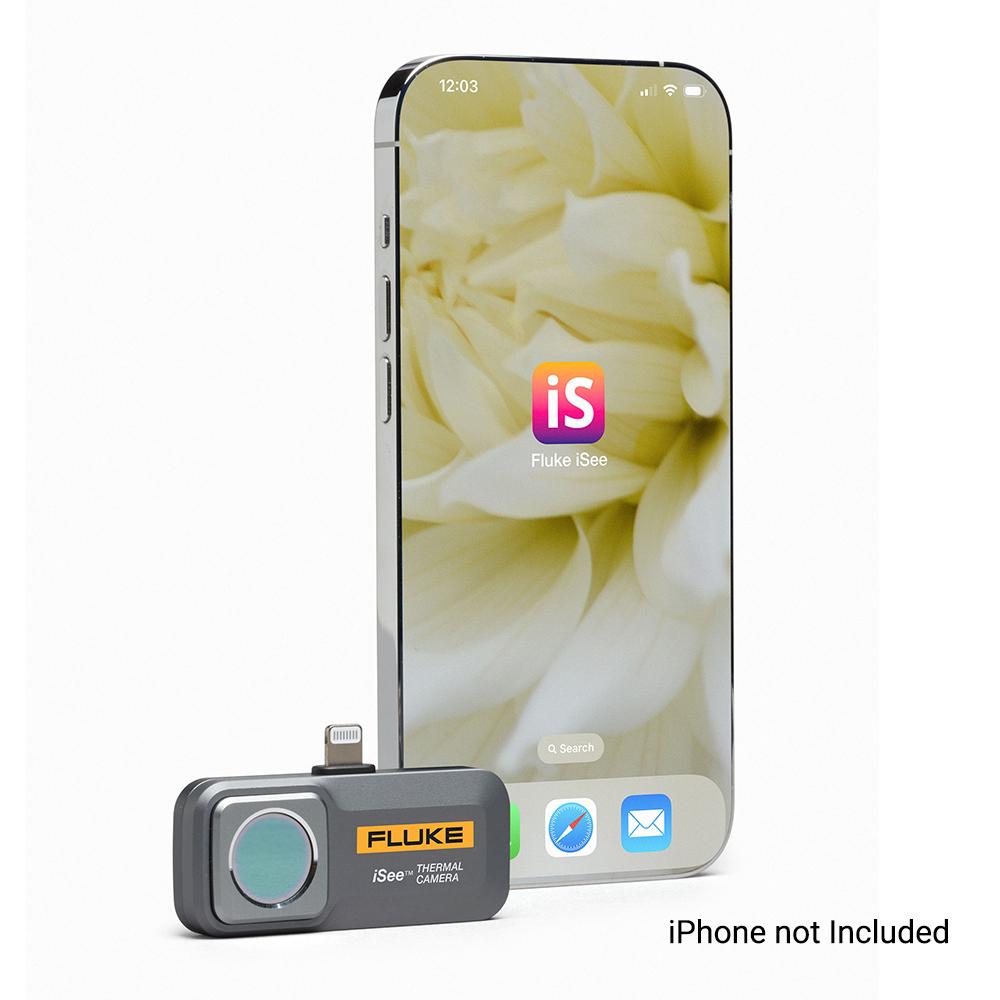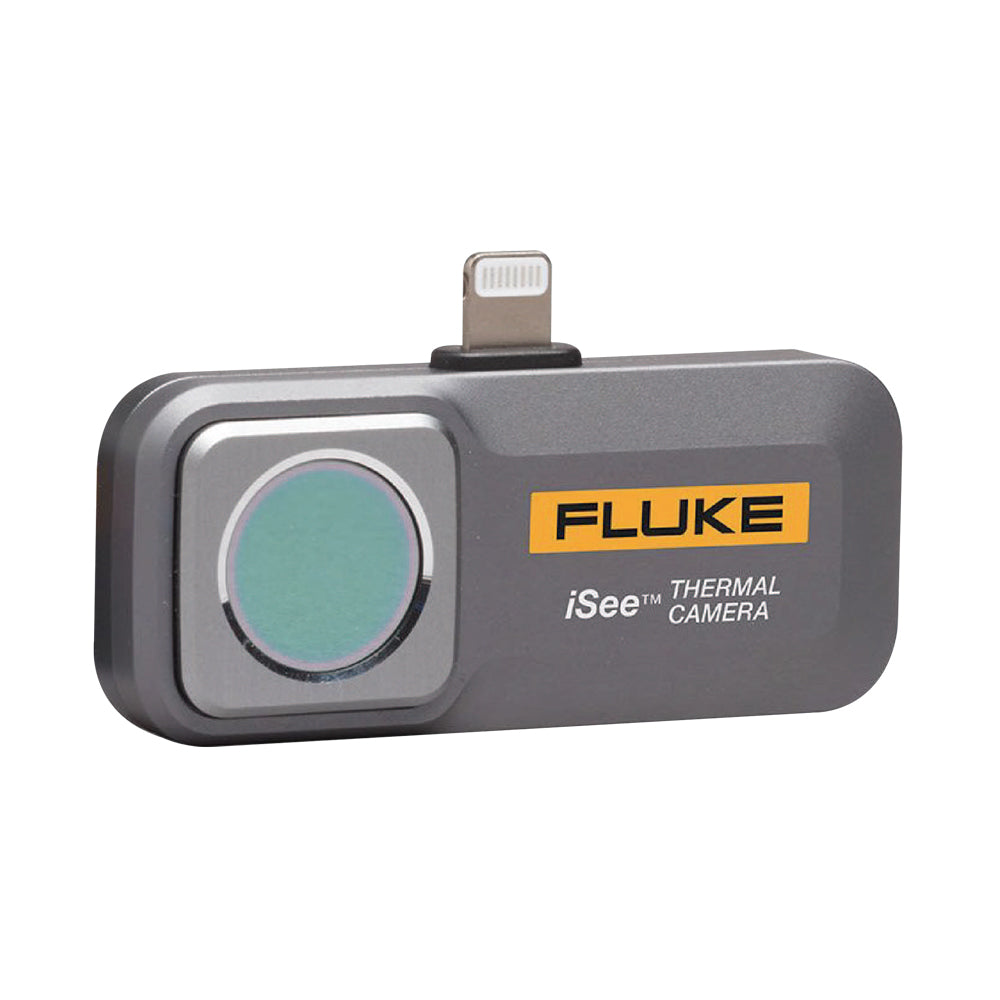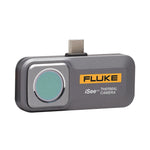Product specifications:
| TC01A - Android USB-C Connector | TC01B- iOS Lightning Connector | |
| Performance | ||
| Infrared resolution | 256 x 192 | |
| Primitive size | 12 μm | |
| Temperature measurement range | -10℃~550℃ | -20℃~550℃ |
| Temperature measurement accuracy | ±2% of reading or ±2℃, whichever is greater (at ambient temperature of 23℃±5℃) | |
| Temperature measurement distance | 0.25 m ~ 5 m (* -20 ℃ ~10 ℃ only applicable to 0.25 m ~ 3 m) | |
| Screen update rate | 25 Hz | |
| Preheat time | 1 minute | |
| focal length | Fixed focal length 3.2 mm | |
| Shutter mode | Built-in automatic shutter | |
| Thermal Sensitivity (NETD) | 50mK | |
| spectrum | 8~14 μm | |
| Field of view (H x V) | 56° x 42° | |
| spatial resolution | 3.81 mrad | |
| General technical indicators | ||
| USB interface | Type C | Lightning |
| Operating temperature | 0℃~40℃ | |
| storage temperature | -30℃~60℃ | |
| Working humidity | 10% ~ 90% RH, no condensation | |
| Power consumption | 350 mW (typ) | 200 mW (typ) |
| Drop test | 1m | |
| Protection level | IEC 60529: IP54 (with Type C protective case) | IEC 60529: IP56 |
| Working altitude | 2000m | |
| Store altitude | 12000m | |
| Dimensions (length x width x height) | 60 x 33.5 x 11.2mm | |
| weight | 22g | |
| EMC environment | IEC 61326-1: Portable electromagnetic environment | |
| CISPR 11: Group 1, Class A | ||
| Group 1: Equipment that intentionally generates and/or uses conductively coupled radio frequency energy that is necessary for the internal operation of the equipment itself. | ||
| Class A: Equipment suitable for use in any installation other than domestic use and not directly connected to the low voltage network supplying domestic buildings. In other environments, it may be difficult to ensure electromagnetic compatibility due to conducted and radiated interference. | ||
| CAUTION: This equipment is not intended for use in a residential environment where adequate protection from radio reception may not be provided. | ||
| Warranty | 1 year | |
※Please note:
Thermal imaging cameras can only see the surface of objects and cannot see through walls .
Thermal imaging camera converts the thermal radiation of objects into light signals for imaging. By observing the temperature difference on the surface of the object, it is displayed on the screen , providing signs invisible to the naked eye for the operator to make judgments. If the temperature difference is not too small, it cannot be clearly displayed. .
Except for thermal imaging cameras controlled by the military, which can see through, ordinary thermal imaging cameras cannot penetrate walls or objects.

